
If you're trying to find out how to get rid of termites, you might be prepared for a real fight. Few household pests cause quite as much structural damage as termites, so they are rightfully feared.
Termites are cellulose-eating insects, which is to say they eat wood. They will destroy porches, structural beams, decks – you name it. And they do this fast, because termites live in colonies.
You can learn to identify these bugs in your home before they've done too much damage, but you will need to act quickly. Don't wait until your porch crumbles in your hands.
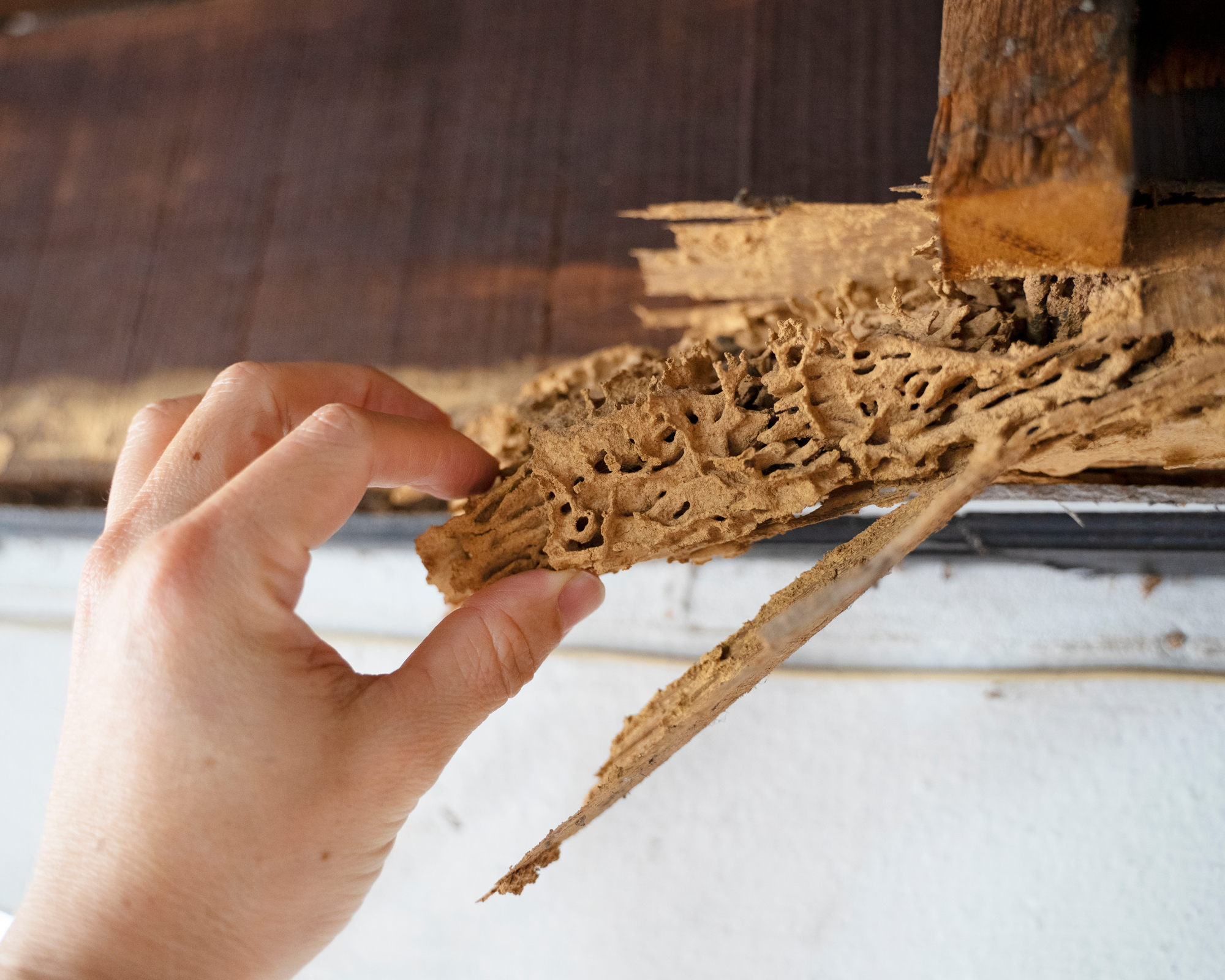
Wood damaged by termites
What are the first signs of termites?
This is not to cause panic, but if you see crumbling wood, you're already a little late to start exterminating termites. The time to act is well before, when you spot one of the following early warning signs of termite presence in your home:
- Scattered wings on window sills: these are large, transparent wings (about half an inch in diameter) that are typically left in pairs.
- Mud tubes: think of these as paths termites have made to get to the wood in your home from the ground. They look like narrow miniature trenches that have been excavated in your walls.
- A window or door that keeps getting stuck: if this isn't due to excess. moisture levels, this could be a sign of termites.
- Frass/wood dust: if you live in the southern US, you likely will see mounds of wood crumb that the termites have digested and discarded. Only drywood termites produce frass, so if you live further north you likely won't see it.
How to get rid of termites: a former exterminator advises
You've spotted the early warning signs of a termite colony in your home or yard. What do you do now? You call a professional exterminator. We're all for DIY pest solutions when they really work, but termites are just a whole other ballpark.
Nicholas Martin is Founder & Editor-in-Chief at Pest Control Hacks. An entomologist with more than 25 years of experience, he had dealt with his fair share of termite infestations. His advice? Don't expect it to be easy: 'I must warn everyone here that dealing with termites is very difficult, even for professionals, and requires loads of harsh chemicals to be used. It means that the operator has to be well-protected.
'Termite extermination usually includes interior and exterior chemical treatment to eliminate termites that try to root in your house and control the colonies in the neighborhood at the same time.
'Moreover, a termite infestation in one house means that some of the nearby houses are infested as well. It’s your responsibility to talk to your neighbors and persuade them to hire an exterminator for inspection and most probably extermination too.'
However, there are several things you can try before or after a termite colony has ravaged your property to protect your home from these pests.
1. Prevention is key
According to Michael Thome, Associate Certified Entomologist and Technical
Service Manager for Ehrlich Pest Control, when it comes to termites, everything starts with prevention.'
First of all, remove stored wood and debris from 'under, in, and around your home.'
Then, 'fix dripping taps and leaky pipes, which increase the moisture levels and attract termites to your property. Divert hot water services and AC overflows away from the side of the house.
If you have raised beds or wood fencing in your garden, 'only use termite-treated wood in garden beds, retaining walls, and fence posts. Limit wood-to-soil contact.
Natural decks made from untreated wood should be sealed with either a decking oil or a decking stain.
And, finally, 'check with your neighbors to see if they have had any issues.
If they have, a proactive baiting installation may be warranted.'
Dealing with leaks and removing rotten will also reduce the risk of a carpenter ant infestation.
2. Try nematodes
If you are seeing signs of termites and do want to give a DIY extermination method a go, Ken Unger, president of Suburban Pest Control, recommends using nematodes: 'These are tiny parasitic worms that kill termites. You can buy them online or at some home improvement stores.' To use nematodes, you would need to know where the termites are nesting in your woodwork, or the method will not work.
3. Give boric acid a go
Unger also gives his seal of approval to boric acid: 'boric acid is a poison that will kill termites. You can find it at most hardware stores.'
Boric acid can be bought on Amazon in powder form or as a foam. The foam is superior for pest control because it is easier to work with, less dangerous for you and your pets, and comes with a nozzle that can get into crevices.
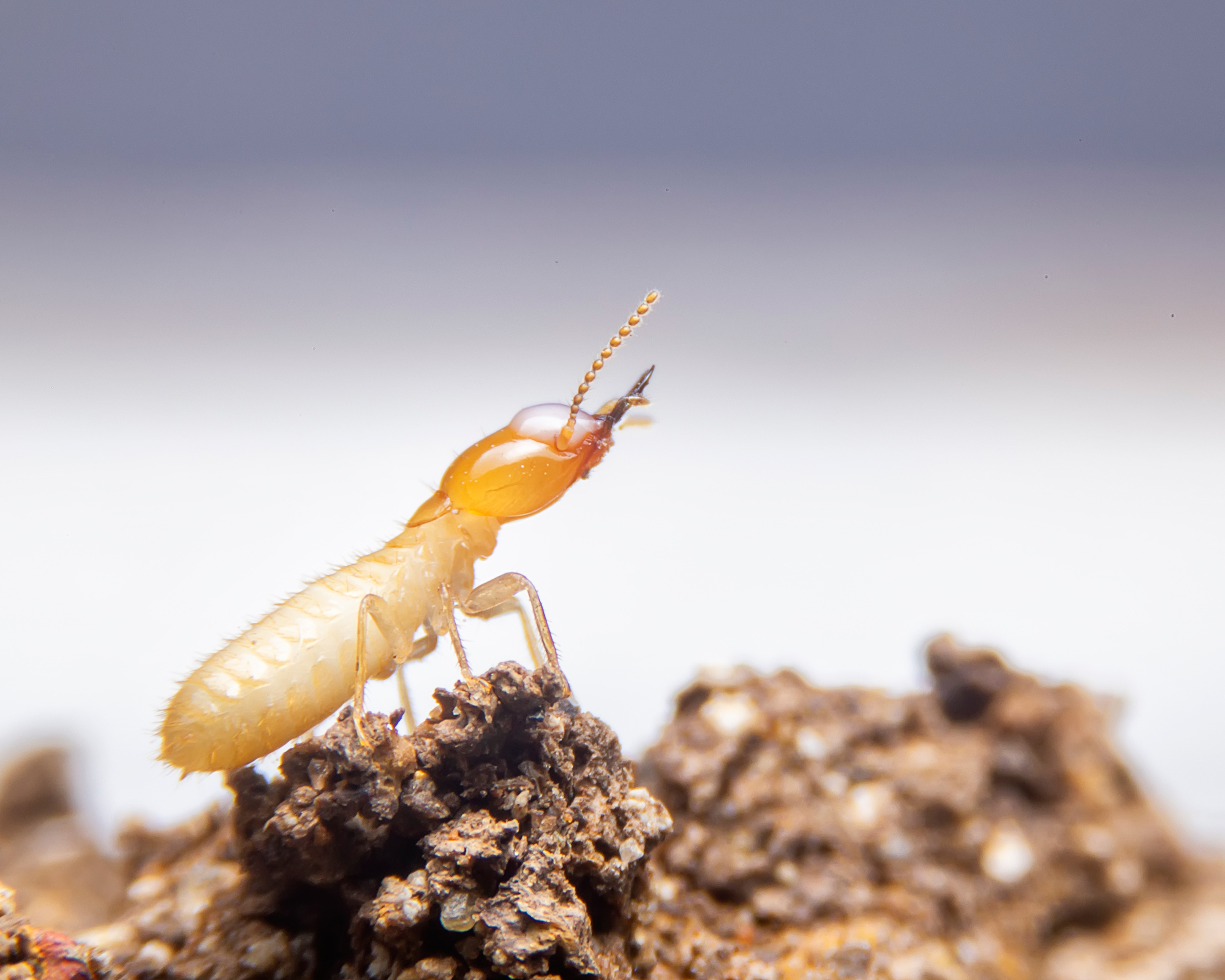
4. Use borax or white vinegar to prevent re-infestation
We'll be very explicit about this step: do not try to exterminate an existing colony with borax or vinegar; you won't succeed and will waste precious time. As Martin explains, 'unfortunately, it’s not enough to eliminate colonies that hide deep inside the wooden parts of the house.'
However, if you've had your house treated for termites and want to ensure they don't come back, 'you can use borax as a repellant after successful extermination but talk to your contractor first to get advice on whether it’s effective or not in your particular case.'
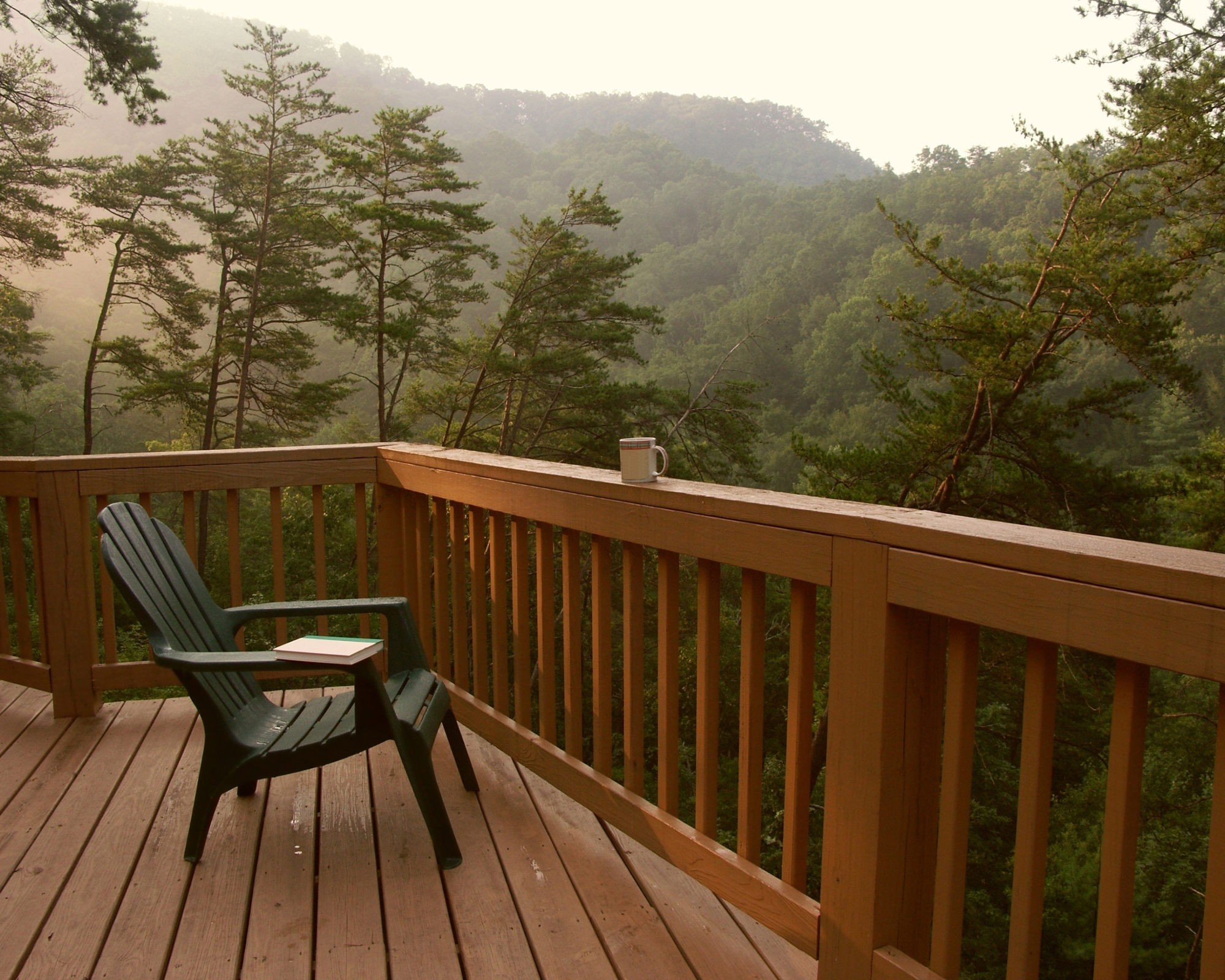
Can you get rid of termites yourself?
Honestly, not really. Martin is firm on this: 'If you decide to start extermination without professional help, the chances that you do everything correctly are very low. If you miss the core of the termite nest in your house, it will soon lead to serious structural damage and costly repairs in addition to extermination costs. For this reason, the best solution is to hire a professional as soon as possible to avoid higher expenses in the future.'
Michael Thome seconds this view, urging readers not to attempt to get rid of termites on a DIY basis: 'If termites are disturbed, they will simply re-route their activity to another area of the house. A termite specialist from a pest management company will be able to assess and apply proper treatment.'
Can you get rid of termites completely?
We have good news and bad news. First, the bad news: you usually can't get rid of termites completely if they're present in your area. Martin tells us that 'it’s impossible to get rid of termites in the environment. If there’s a colony nearby, it will be there for a very long time and you’re not likely to find it.'
Now, the good news: you can – and absolutely should – eradicate termites from your home. 'The best approach is to eliminate these pests in your house and protect the exterior with chemical repellents to ensure that termites avoid going in most of the time. Regular inspections are recommended too.'
Join our newsletter
Get small space home decor ideas, celeb inspiration, DIY tips and more, straight to your inbox!
Anna is a professional writer with many years of experience. She has a passion for contemporary home decor and gardening. She covers a range of topics, from practical advice to interior and garden design.
-
 How to repel ticks in your backyard — 5 methods to stop these pesky pests invading your space
How to repel ticks in your backyard — 5 methods to stop these pesky pests invading your spaceWant to know how to repel ticks in your backyard? We've asked landscaping experts for their top tips, plus curated highly-rated picks to help you get rid
By Eve Smallman Published
-
 Experts reveal the 7 pest control mistakes that are making your infestation worse and how best to avoid them in your home
Experts reveal the 7 pest control mistakes that are making your infestation worse and how best to avoid them in your homeExperts reveal the pest control mistakes worsening or prolonging your home bug infestation, how best to avoid them when eradicating bugs from your home
By Punteha van Terheyden Published
-
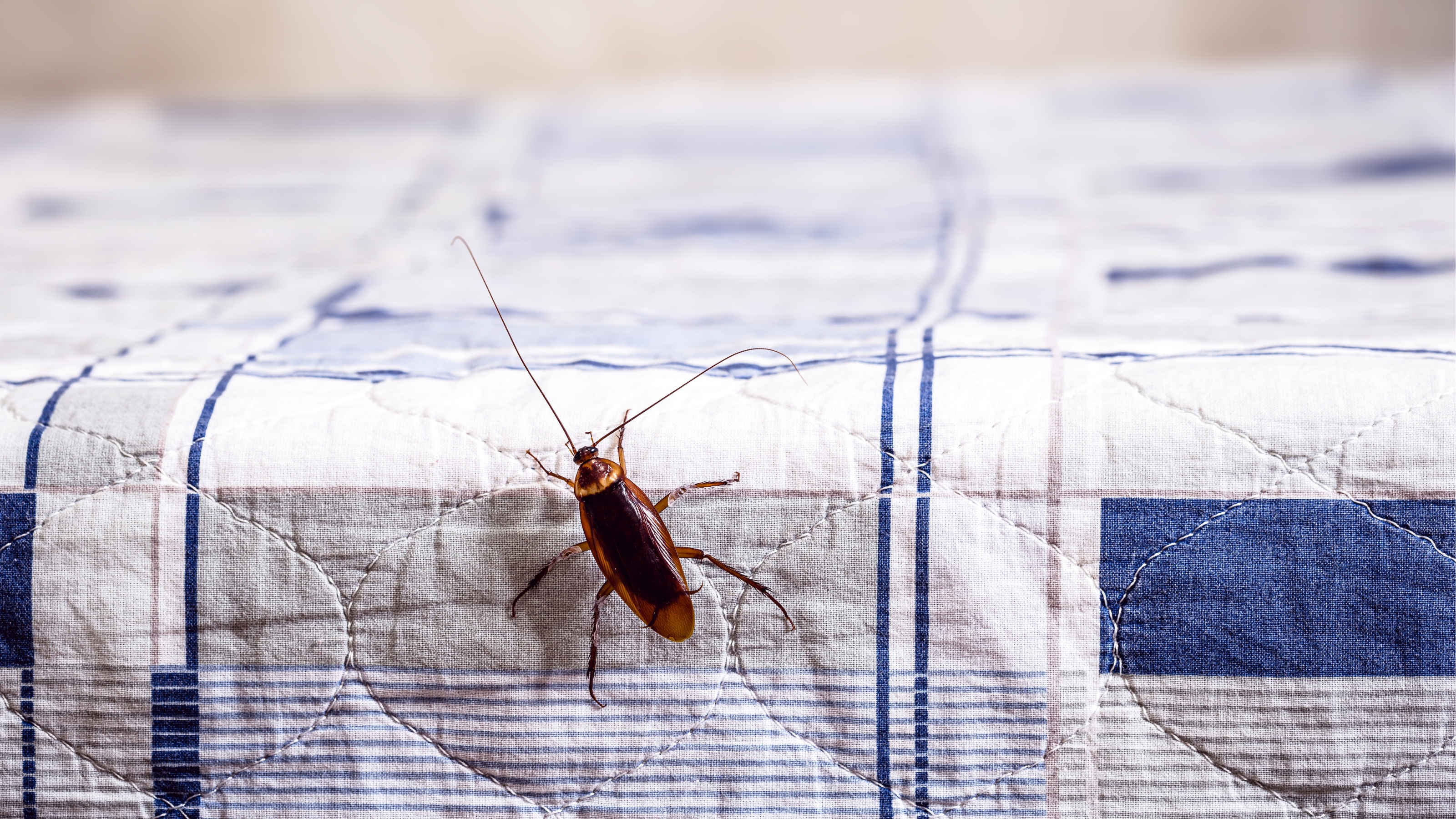 The three household cockroach facts you can harness for better pest control
The three household cockroach facts you can harness for better pest controlExperts reveal three cockroach facts you can use to bolster your battle to banish these pesky bugs from your home
By Punteha van Terheyden Published
-
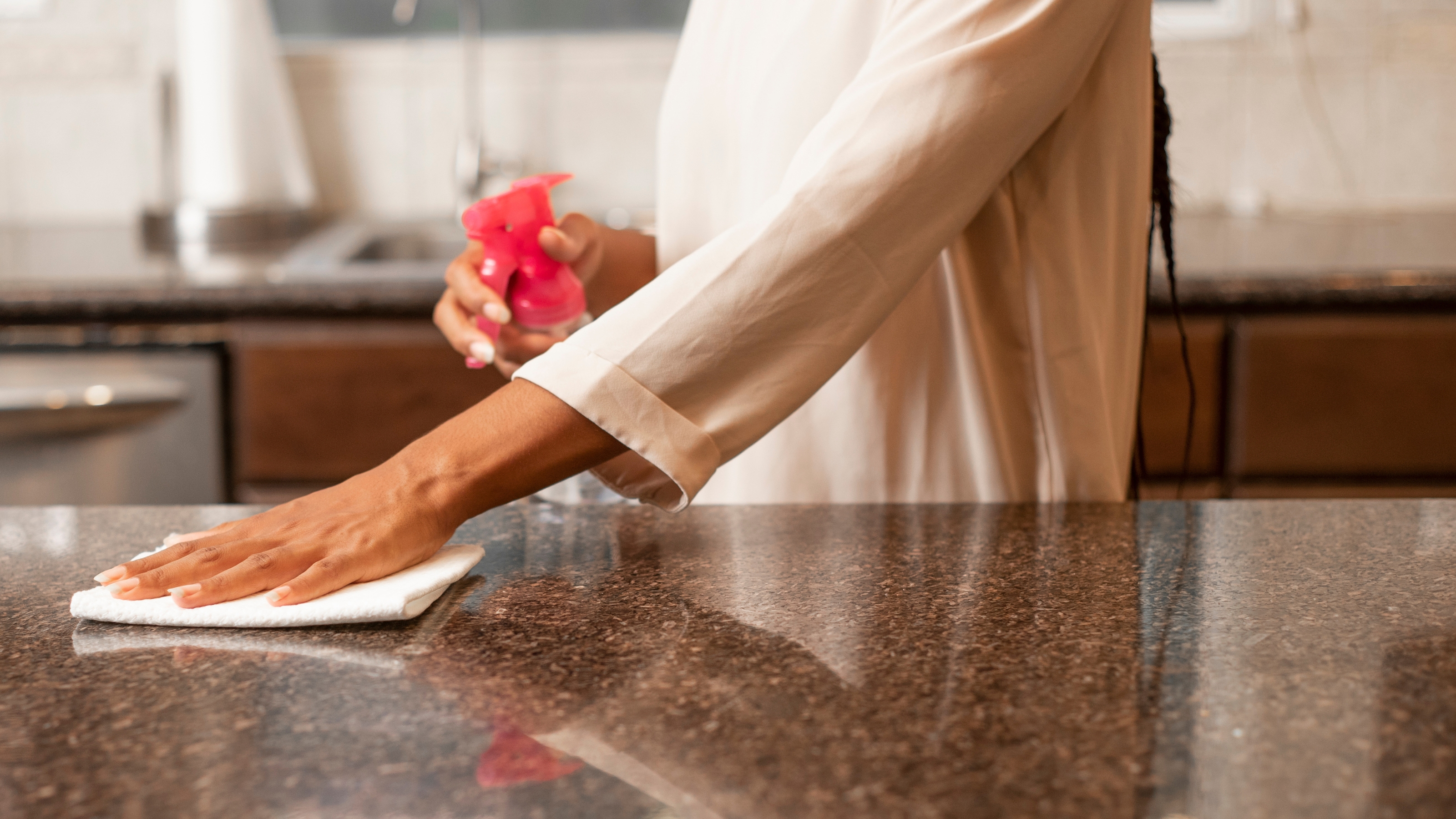 How to get rid of cockroaches in the kitchen — swot up on roach behaviour to banish them permanently, say experts
How to get rid of cockroaches in the kitchen — swot up on roach behaviour to banish them permanently, say expertsPro tips on how to get rid of cockroaches in the kitchen, including why they come in, understanding roach behaviour, and steps to banish them for good
By Punteha van Terheyden Published
-
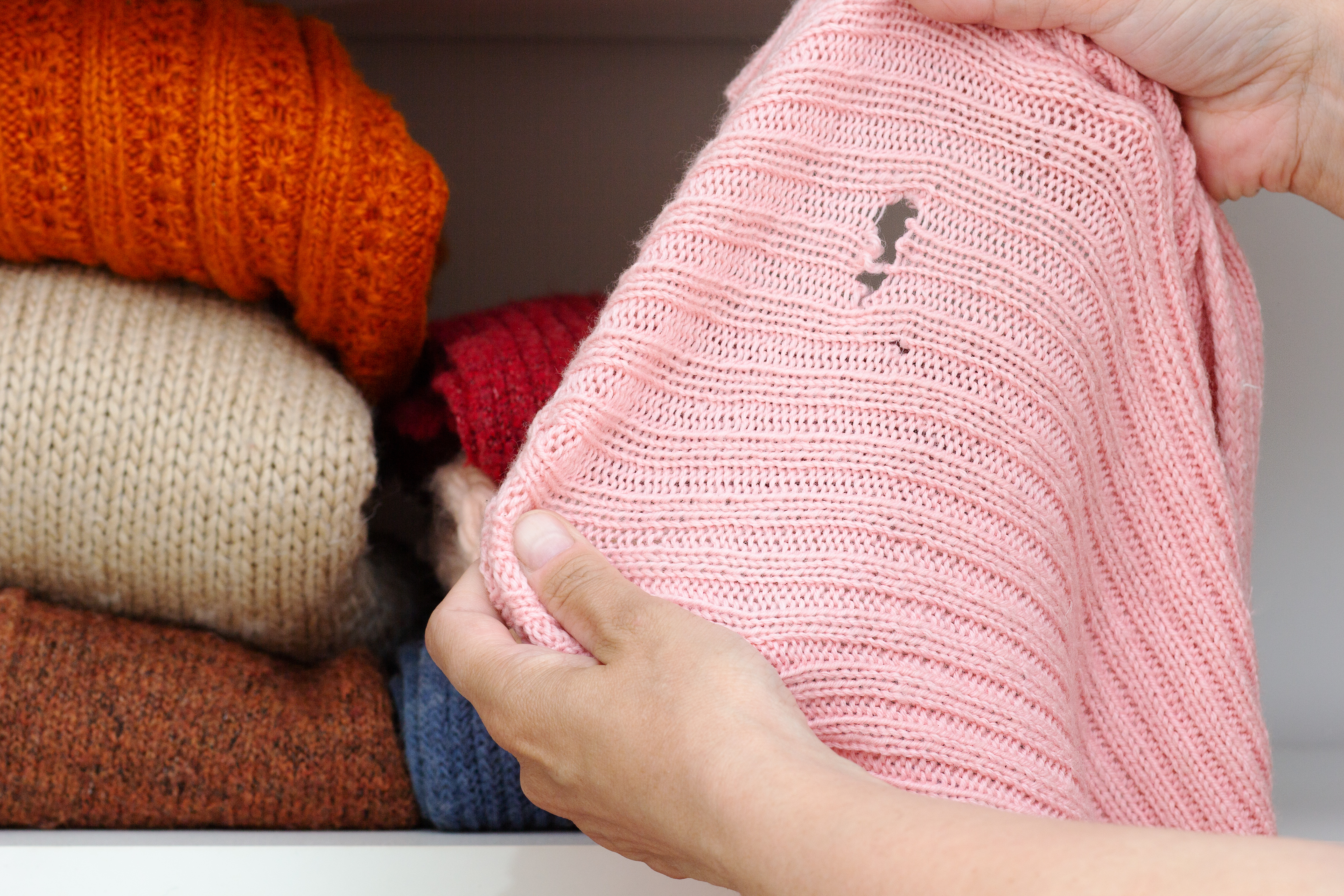 Learn how to identify bugs in your home and spot infestations of the 15 most common critters
Learn how to identify bugs in your home and spot infestations of the 15 most common crittersExperts reveal how to identify bugs in your home, and spot signs of an infestation including gnats, mealybugs, moths, bedbugs, termites, cockroaches and more
By Punteha van Terheyden Last updated
-
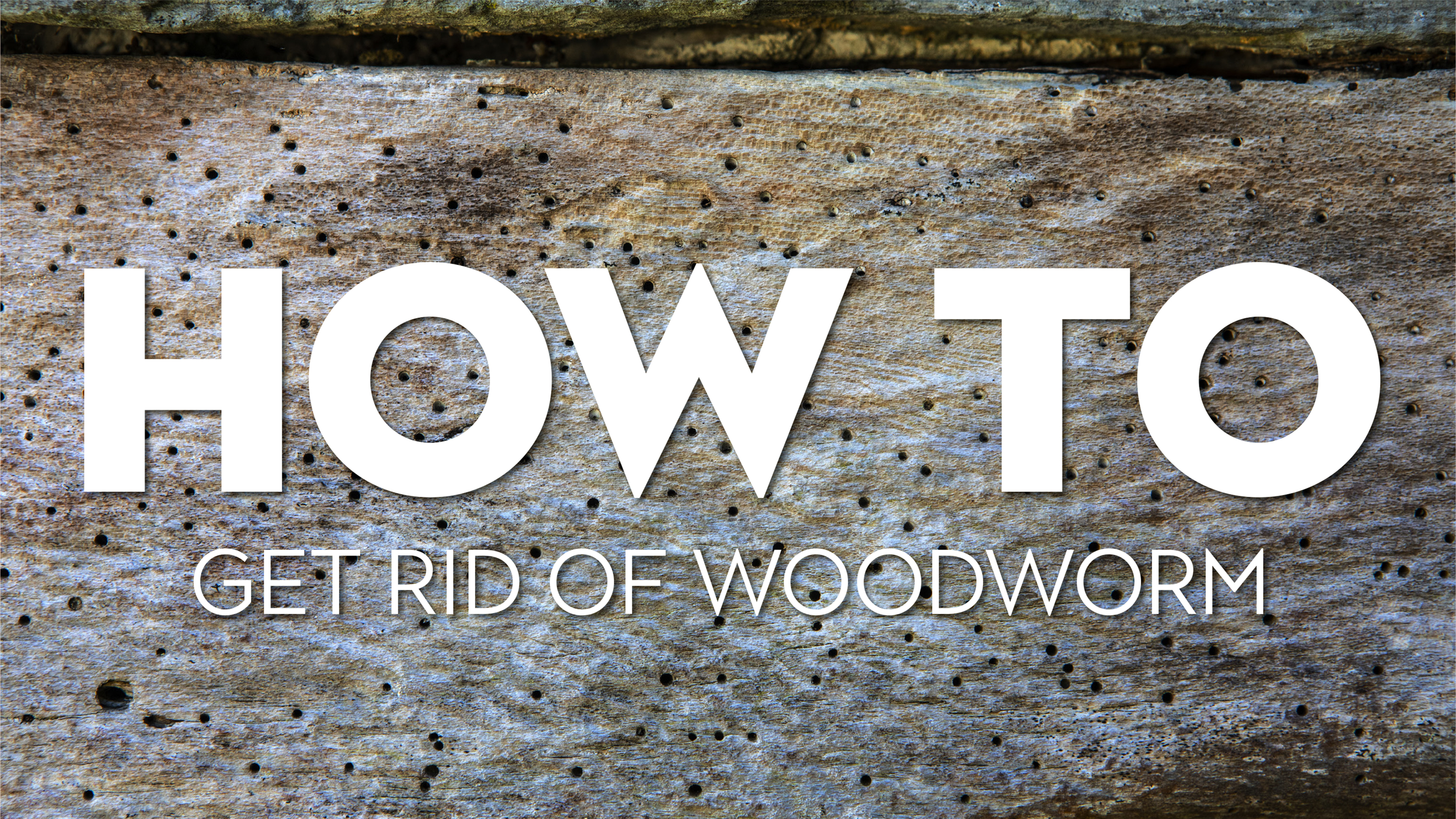 How to get rid of woodworm, and identify an infestation
How to get rid of woodworm, and identify an infestationFind out how to get rid of woodworm – and fast, before it spreads and ruins your hardwood flooring and furniture
By Lucy Searle Published
-
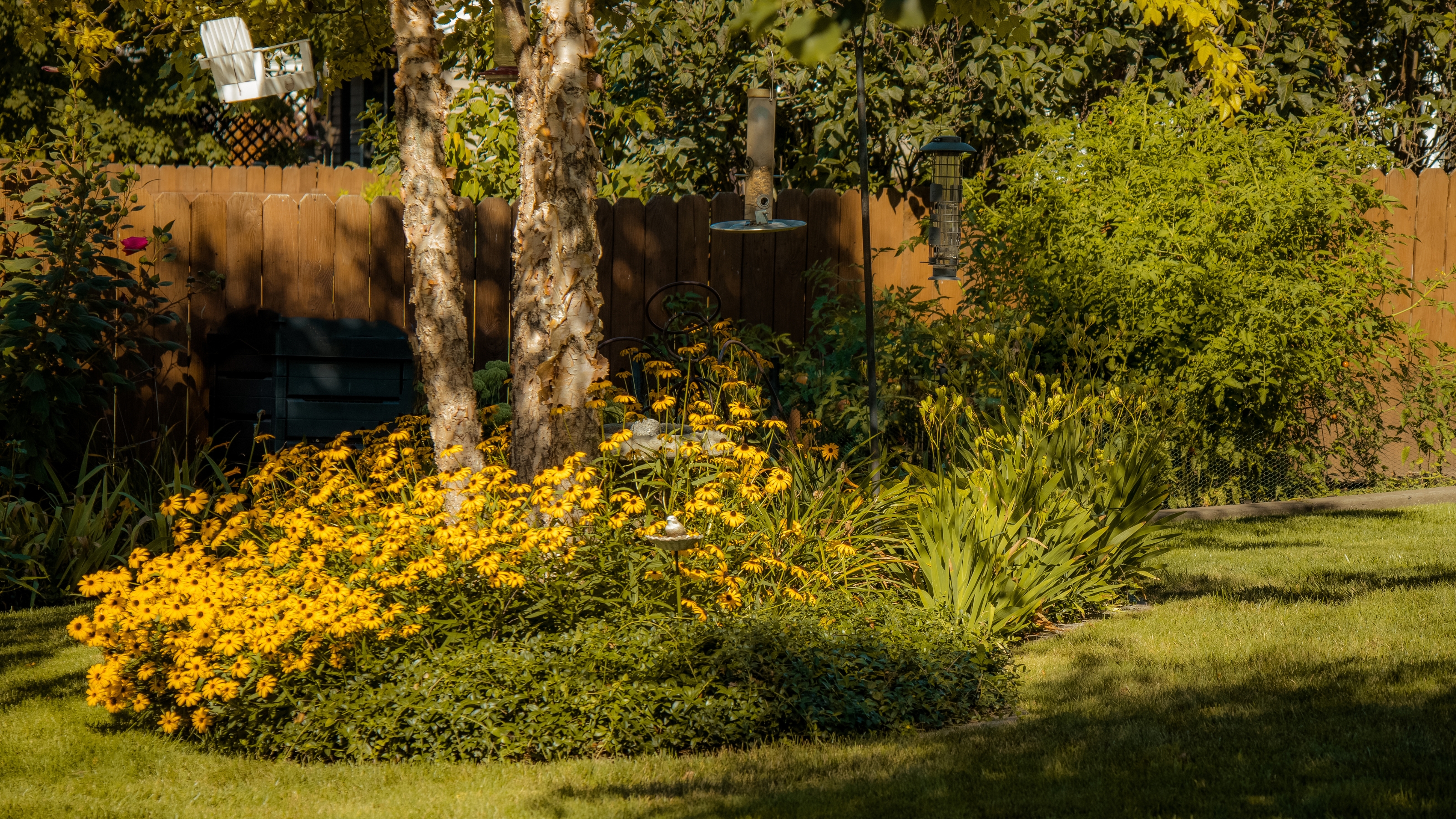 How to get rid of flying ants, indoors and out
How to get rid of flying ants, indoors and outDiscover how to get rid of flying ants using DIY methods with items you already have at home
By Punteha van Terheyden Last updated
-
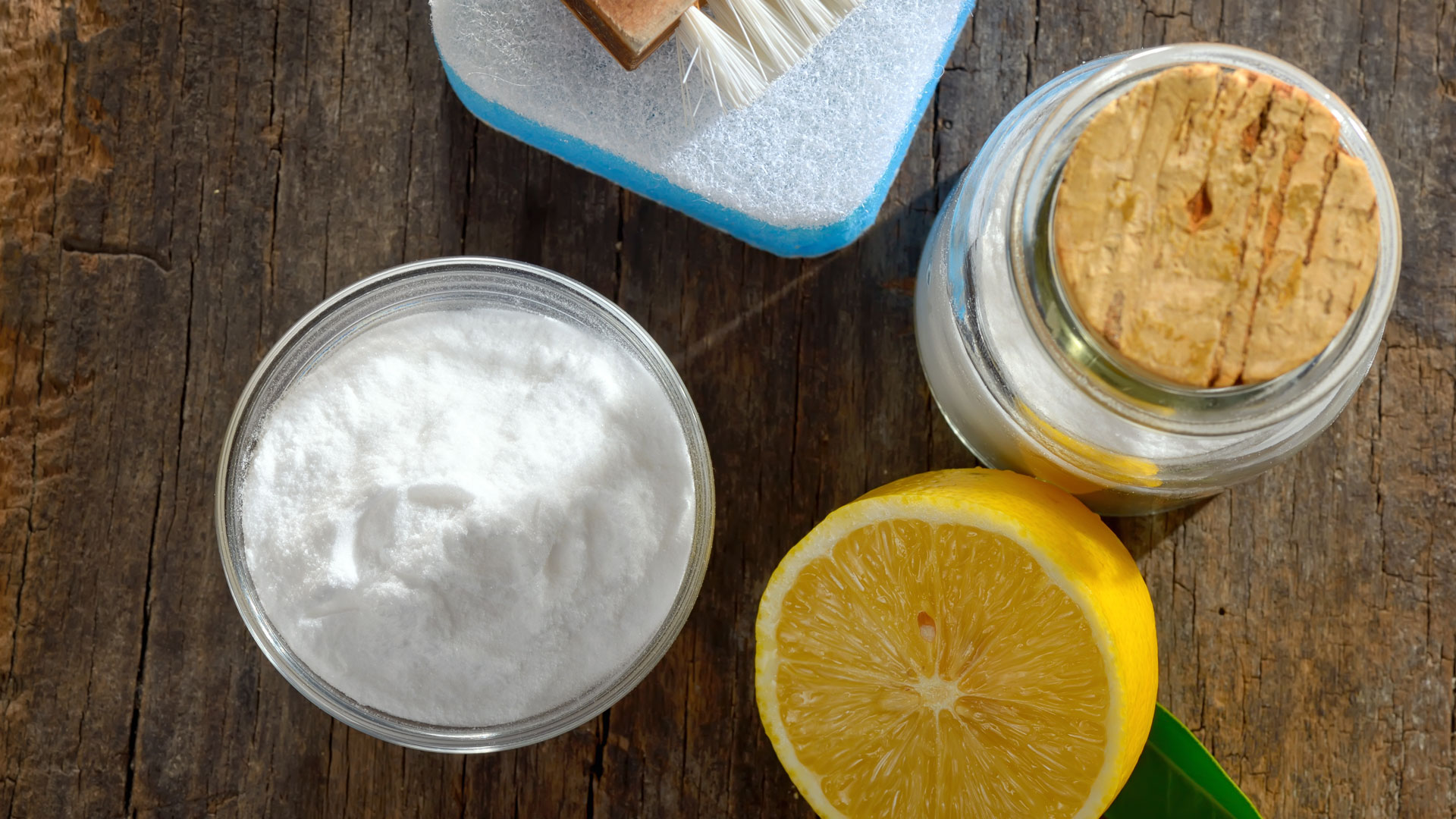 Where to buy diatomaceous earth (and what to use it for)
Where to buy diatomaceous earth (and what to use it for)Perfect for pest control and household cleaning, find where to buy this handy product in bulk
By Lindsey Davis Published